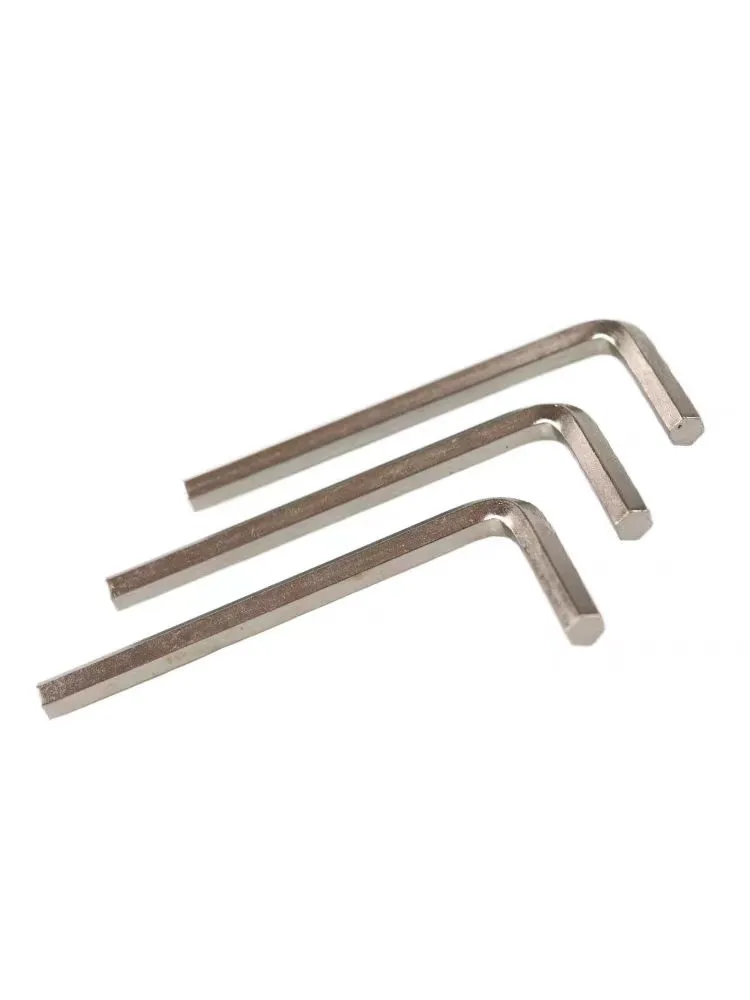

stud bolt m24
Dic . 16, 2024 07:34 Back to list
stud bolt m24
The Importance of Stud Bolts A Focus on M24 Stud Bolts
In various mechanical and structural applications, the importance of high-strength fastening systems cannot be overstated. Among the various types of fasteners available, stud bolts play a crucial role, particularly in ensuring the structural integrity of assemblies subjected to high loads and extreme conditions. One notable specification in this category is the M24 stud bolt, which measures 24 millimeters in diameter. This article delves into the characteristics, applications, and advantages of using M24 stud bolts.
Characteristics of M24 Stud Bolts
M24 stud bolts are large-diameter fasteners that can be made from different materials, including carbon steel, stainless steel, and various alloys. The size of these bolts indicates a significant load-bearing capacity, making them ideal for heavy-duty applications. Like other stud bolts, the M24 designation refers not only to its diameter but also implies a thread pitch, which typically is 3.0 mm for metric bolts.
One of the defining features of stud bolts is their double-ended design, where the threads extend from both ends and a smooth section in the middle. This configuration allows for easy installation and removal, especially in tight spaces or assemblies requiring a precise fit. The ability to use a nut at either end ensures that a strong and stable connection can be achieved, contributing to the overall robustness of the assembly.
Applications of M24 Stud Bolts
M24 stud bolts are widely utilized in various industries, including construction, manufacturing, and energy production. A prime example of their application is in heavy machinery, where they are employed in assembling components that experience significant stress during operation. For instance, M24 stud bolts are often used in the construction of large frameworks, like those found in bridges and buildings, where tensile strength and resistance to shear forces are paramount.
stud bolt m24

In the energy sector, particularly in oil and gas, M24 stud bolts are essential for mounting flanges, securing turbines, and fastening pressure vessels. The extreme conditions these environments present require fasteners that can withstand high temperatures and corrosive substances, making the choice of material for these bolts critical. Stainless steel, being resistant to rust and corrosion, is often preferred in such applications.
Advantages of Using M24 Stud Bolts
The use of M24 stud bolts offers several advantages that enhance their appeal in industrial applications. Firstly, their high tensile strength allows them to bear significant loads, reducing the risk of failure in critical structures. Their ability to maintain tight connections, even under fluctuating temperatures and pressures, ensures long-term reliability.
Secondly, the installation process of stud bolts is generally straightforward. By using twin nuts, installers can effectively clamp assemblies together, and the double-ended design allows for adjustments as needed. This feature is particularly beneficial during maintenance or repairs, as it can save time and reduce labor costs.
Another advantage is the versatility of M24 stud bolts. They can be used in various configurations, accommodating different components and design specifications. Their availability in various materials further enhances their adaptability to specific application needs.
Conclusion
In conclusion, M24 stud bolts are indispensable components in many engineering and construction applications. Their robust characteristics, combined with their versatility and ease of installation, make them an enduring choice for engineers and designers alike. As we move towards a more advanced industrial landscape, the importance of quality fasteners like the M24 stud bolt will continue to grow, assisting in the creation of safer, stronger, and more reliable structures across various sectors. With ongoing advancements in material science and manufacturing techniques, we can expect further enhancements in the performance and application of stud bolts, solidifying their role as a foundational element in modern engineering.
Latest news
-
Hot Dip Galvanized Bolts-About LongZe|High Strength, Corrosion Resistance
NewsJul.30,2025
-
High-Strength Hot Dip Galvanized Bolts - Hebei Longze | Corrosion Resistance, Customization
NewsJul.30,2025
-
Hot Dip Galvanized Bolts-Hebei Longze|Corrosion Resistance&High Strength
NewsJul.30,2025
-
High-Strength Hot-Dip Galvanized Bolts-Hebei Longze|Corrosion Resistance&High Strength
NewsJul.30,2025
-
Hot Dip Galvanized Bolts-Hebei Longze|Corrosion Resistance&High Strength
NewsJul.30,2025
-
Hot Dip Galvanized Bolts - Hebei Longze | Corrosion Resistance, High Strength
NewsJul.30,2025

